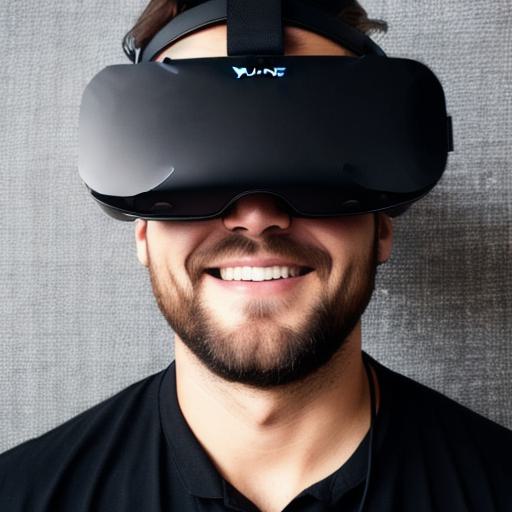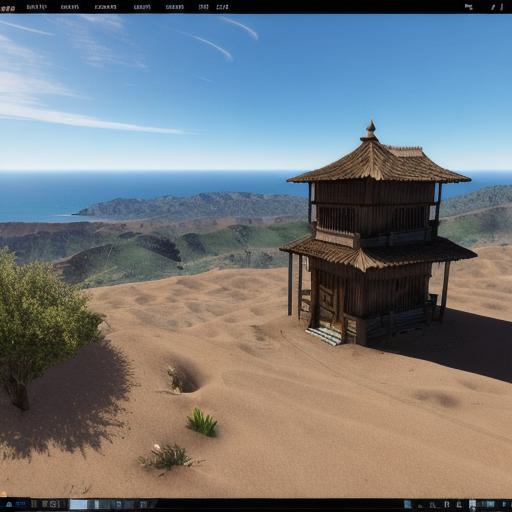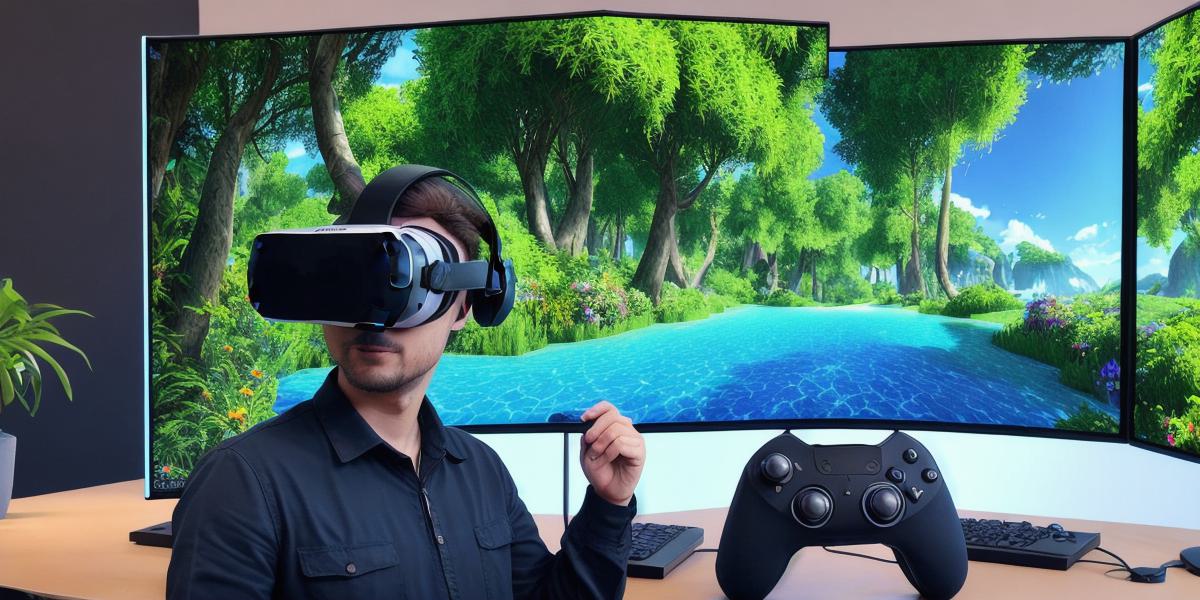Welcome, web developers!
Today, we’ll embark on an exciting journey into the world of Virtual Reality (VR) development using Unity – a versatile platform favored by professionals and hobbyists alike. By the end of this tutorial, you’ll have gained essential skills to create immersive VR experiences.
**1. Setting Up Your Development Environment**
Before we dive into VR development, ensure your system meets Unity’s minimum requirements. Download and install Unity Hub – a centralized hub for managing your Unity projects and versions. Next, install the Unity Editor, and set up your VR development kit like Oculus or SteamVR.
**2. Understanding Unity VR Basics**
Familiarize yourself with Unity’s interface and workflow by creating a simple 3D project. Learn about components, scripts, materials, and scenes. Next, delve into VR-specific features such as cameras, controllers, and interactions.
**3. Creating a Basic VR Scene**
Construct a basic VR scene, including objects, lighting, and textures. Ensure your scene is optimized for VR. Explore Unity’s VR features like room-scale environments and teleportation to enhance user experience.
**4. Building Interactive Elements**
Create interactive elements such as buttons, triggers, and physics objects using C scripts. Implement user interactions like grabbing, pushing, and pulling objects in your scene.
**5. Adding Audio and Visual Effects**
Engage users by adding captivating audio and visual effects to your VR project. Learn how to use particle systems, post-processing effects, and audio components to create a rich multimedia experience.

**6. Implementing User Input**
Master user input in Unity for VR development. Understand how to capture inputs from controllers, keyboard, or mouse to control objects, navigate scenes, and trigger events.
**7. Optimizing Your Project**
Optimize your project to ensure smooth performance on various devices. Learn best practices for scene organization, asset optimization, and script optimization.
**8. Testing and Publishing**
Test your VR project in Unity Editor, and use the Oculus or SteamVR plugin for real-time testing. Once you’re satisfied with your creation, publish it on the Oculus Store or SteamVR to share it with the world!
**Conclusion:**

By following these steps, web developers can successfully learn Unity VR development. This knowledge opens new doors in the realm of immersive experiences and 3D content creation.
